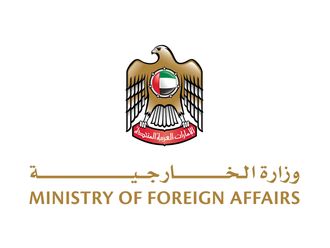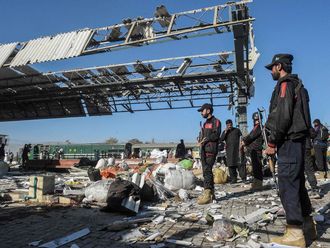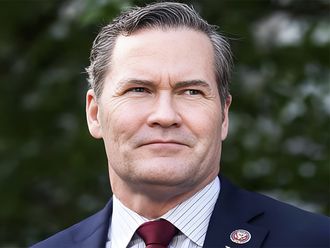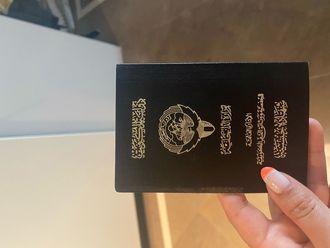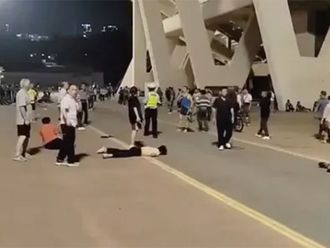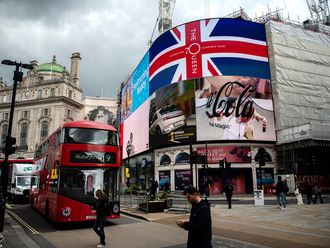Karachi : In the heart of one of Pakistan's most dangerous neighbourhoods in the teeming city of Karachi, football pitches are keeping vulnerable teenagers from joining abundant gangs, kidnappers and extortion rackets.
Dozens of hard-scrabble football clubs give youngsters with few chances for education or work the opportunity to get off the streets and even dream of getting a nod to join a national team or a semi-professional club.
"There is so much talent in Lyari. It can be a great way of keeping these kids away from drugs and street crime especially if they are well paid and rewarded," said Yaqoob Baloch, a coach at one of the clubs.
Pakistan, a strategic US ally, spends less than two per cent of its gross domestic product on education which translates into a lack of skills needed to find work for much of the young population of the country of nearly 180 million.
Pakistan's police and security forces also lack funds, making it easy for criminals to thrive in Lyari, a densely populated area in Karachi with dilapidated buildings, potholed streets and raw sewage.
More than 1,600 people were killed in Karachi last year in either political and sectarian violence or by drug dealers, mafia hitmen and extortionists, marking the worst bloodshed since the army was called in to ease street battles in the 1990s. But football has proven to be a way out of the chaos for some.
Focus on game
"Because of my focus on football, my mind has never wandered off to other things like drugs or violence," said Muneer Aftab, 15, who led Pakistan to victory in the under-16 South Asian Football Federation Championships in 2011, defeating arch-rival India.
"Playing football runs in my blood. I just want to play forever."
But for people like Aftab, there is only limited time to practise and usually only after being worn down by the daily grind in the sprawling city of 18 million on the Arabian Sea.
He wakes up at the crack of dawn to play, goes to school during the day and helps his father who drives a rickshaw along Karachi's chaotic streets, and goes back to the pitch at night.
"I know I am chasing my dream. But it's not easy," said Aftab, well-built, dark-skinned and shy.
Football has become a big hit in Lyari, no small feat because cricket is by far the most popular sport in Pakistan. There are 98 registered football clubs, 11 football grounds and two stadiums in Lyari, home to more than 600,000 people.
If a player gets recognised in Lyari, not only the national team comes into sight, but also the chance to play for teams sponsored by corporations and banks that pay players a monthly salary.
The National Bank of Pakistan, for instance, gives Aftab Rs10,000 (Dh407.6) a month to play in the semi-professional league.
During the last football World Cup, violence dropped sharply in Lyari. Residents gathered in the evening to watch matches on projector screens, a welcome change in a place where night-time usually means gang warfare and abductions.
Passionate
Ahmad Jan, a local coach and stadium manager, said Karachi's exposure to the sport began in the late 1950s.
Ships from Europe docked at the port. Sailors interacted with boys who worked as labourers and introduced them to football and kicked a few balls around.
The youngsters were so passionate about the game, they played barefoot and the cheap form of play spread, transcending ethnic, political and sectarian lines that brutally divide Karachi.
Still, Jan worries that without government support, the chance to get more youngsters off paths to violence remains slim.
"Most of the children's dreams get crushed. And they look towards other means of survival which a lot of the time includes picking up a gun," said Jan.




